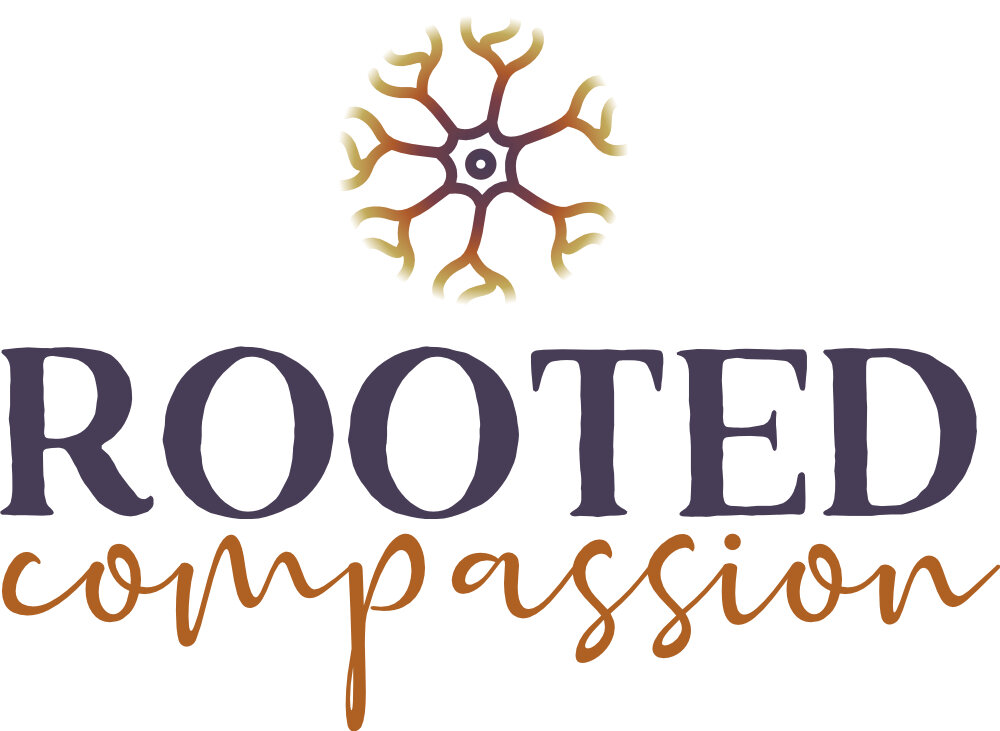Applied Polyvagal Theory in Therapeutic Yoga: Part Four
Have you ever stood up from a chair or gotten out of bed too quickly and suddenly felt a rush to your head or chest, a quickened heart rate, or even dizziness? I know I have.
This is likely because when you change your relationship with gravity too quickly, your blood pressure drops, and your heart rate increases, leading to a temporary decrease in vagal tone.
Vagal tone measures cardiovascular and respiratory function that facilitate adaptive responses to environmental challenges.
It is measured through heart rate variability (HRV), which measures the intervals between heartbeats. Low HRV is associated with reduced emotional regulation and attentional capacity. High HRV is associated with improved immune system health and a reduction in anxiety, depression, and PTSD symptoms (Schwartz, 2021).
If you remember a previous blog I wrote, I introduced the concepts of interoception, exteroception, and proprioception. The sensory channel closely associated with vagal tone and HRT is proprioception - our awareness of the body in space as it relates to gravity.
Yoga is often associated with various postural shifts and changes in proprioception as we move through asanas, a Sanskrit word meaning “posture,” “seat,” or “place” (Burgin, 2022).
This is achieved through moving and changing your relationship with gravity in a repeated, rhythmic manner that allows for increases and decreases in your heart rate. Postural shifts influence vagal tone through blood pressure receptors called baroreceptors that send signals to your brainstem.
These signals will increase or decrease your vagal tone to regulate your heart rate.
The shaping of our bodies often forms in the context of our earliest attachment relationships. Meaning it is connected to a felt sense of safety or lack thereof. For example, maybe we needed to curl our posture forward to protect or push our shoulders back to brace ourselves both to assist with returning to a felt sense of safety.
When we move between and pause around shapes, we can sense and feel lingering, unresolved emotional patterns that are connected to various shapes of the body.
Slowing down and moving in a patterned, rhythmic manner allows us to catch the waves of what is happening in our body’s subtle movements. The key is noticing and staying present with the sensations that occur as you are exploring various postural changes. This will provide a good measure of the resiliency of your nervous system.
Postural/Proprioceptive Change Practice:
While seated in a chair, scoot your buttocks toward the edge of your seat so your feet are flat on the ground and your thighs are supported by the chair. Rest your hands on your thighs or arms of the chair, sit up tall - stacking your head over your heart, and your heart over your pelvis. Notice how this feels - check in with your mind, body, breath, emotions, and energy.
Bend at the hips and allow your belly and chest to reach forward until your belly is resting on your thighs (or as far as you can comfortably go). Tuck your chin to your chest, allow your arms to become heavy and your shoulders to round forward. Notice how this feels - check in with your mind, body, breath, emotions, and energy.
Return to the original seated position. Take a moment to notice the transition. When you feel ready, plant your feet, and slowly push yourself out of your seat with your hands until you are standing. Allow your hands to rest gently by your side or reach them up above your head. Notice how this feels - check in with your mind, body, breath, emotions, and energy.
Return to the seated position and repeat this process as you would like. Remember to notice how your body is responding to each transition. 🙂
Enjoy your renewed sense of connection to your body!
References:
Burgin, T. (2022, April 14). Asanas: Meaning, definition and purpose. Yoga Basics. Retrieved April 25, 2023, from https://www.yogabasics.com/practice/yoga-for-beginners/asanas-meaning-definition/
Schwartz, A. (2021, December 6). Applied polyvagal theory in therapeutic yoga [PowerPoint Slides & Training]. The Embody Lab.
Photos:
Dingzeyu Li @dingzeyuli on Unsplash
Conscious Design @conscious_design on Unsplash
Megan Kopack (she/her/hers) is a Licensed Professional Counselor, trained in EMDR, and experienced in assisting with effects resulting from trauma, anxiety, depression, and symptoms associated with borderline personality disorder. She is skilled in synthesizing various therapeutic modalities including The Polyvagal Theory, Attachment Theory, Mindfulness-Based Practices, Therapeutic Yoga, Somatic focused approaches, and Cognitive Behavioral Therapy to create a holistic approach for healing psychologically, physically, and spiritually. Megan specializes in developmental and attachment trauma and wounding and how these may impact health and wellbeing during adulthood.
The Rooted Compassion team is made up of a group of counselors who have a variety of specialties in order to best serve our clients. We recognize that every person has his/her own personal and unique life experiences and that one modality will not work for every client. Listed below is a summary of our counselors’ specialties at Rooted Compassion:
Emotional Freedom Techniques
Grief Counseling
Somatic Focused Counseling
EMDR
Cognitive Behavioral Therapy
Dialectical Behavior Therapy
Mindfulness-Based Practices
Trauma Responsive Care Techniques
Acceptance and Commitment Therapy
Drama Therapy/Expressive Arts
If you are interested in learning more about what Rooted Compassion is all about, please contact us today, look through our website, or find us on Instagram and Facebook.
Rooted Compassion Counseling is Ohio’s leading practice for trauma therapy through the lens of the nervous system. Our focus is to walk alongside clients as they heal from depression, anxiety, trauma, grief and/or loss. If you or someone you know are seeking to explore and build an inner sense of calm and safety, please contact us today. We would love to help you to find a counselor and counseling techniques that will guide you on your mental health journey to healing.




